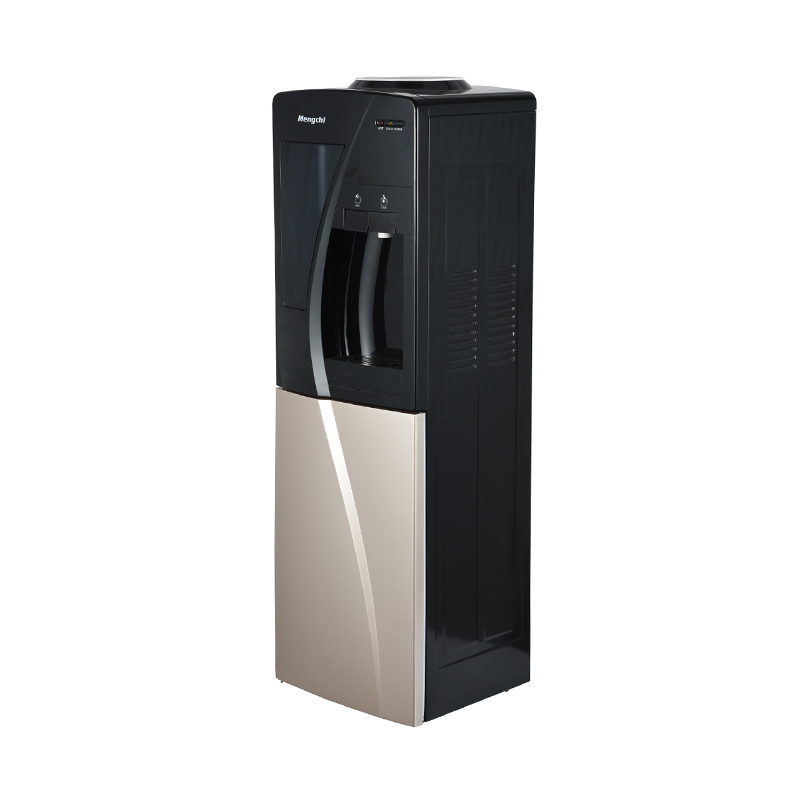Direct cooling freezers generally require manual defrosting. Frost is mainly deposited on the evaporator of the refrigerator. A large amount of frost after long-term use will affect the cooling effect and lead to increased power consumption. The evaporator of the air-cooled freezer is not in direct contact with the food and can be automatically defrosted without manual defrosting. Defrosting is usually performed based on the cumulative operating time of the compressor.
The temperature control of each compartment of a direct cooling freezer is usually achieved by matching the area of the evaporators in the different compartments (single system). For dual or multi-system direct cooling tanks, the refrigerant flow is controlled by a solenoid valve. To achieve the purpose of evaporator temperature control. Air-cooled freezers usually only have a finned evaporator installed in the freezer compartment. The temperature control of each car generally achieves the set requirements by controlling the opening and closing of the damper.
The direct cooling freezer adopts heat conduction and natural convection heat exchange, and the quick freezing speed is slow and the temperature is uneven. The air-cooled box performs forced convection heat exchange through the air circulation in the fan-driven box. The cooling speed is fast, the temperature is full, and the temperature control is accurate. The design of the air duct system has a great influence on the cooling effect. The main purpose is to ensure that the air duct is unobstructed.
The defrosting cycle of the air-cooled freezer is generally fixed, and the power consumption of the motor power and various heating wires, and the main control board itself, so power consumption is generally greater than that of the direct cooling box. In addition, due to the rotation of the fan motor and the flow of air, the noise is naturally larger than that of direct cooling.











